When Lies of P: Overture showed up at the 2025 State of Play, I spent the entirety of the trailer trying to determine what it was. Like, I’d recognize Tarnished Timothée anywhere, so I knew it was more Lies of P. But, Lies of P 2? Or a Lies of P expansion?
It wasn’t until the trailer reached the title screen, which informed viewers that the base game was, in fact, required, that the debate was settled. This looks like it could be a full new game, with a snowy vibe that feels distinct enough from the original’s aesthetic to set it apart as its own thing. The fact that it’s arriving nearly two years after the original game speaks to how our understanding of what constitutes DLC and what constitutes a sequel has radically shifted in the last decade.

Related
Props To Remedy For Keeping Single-Player DLC Alive
With Night Springs, Alan Wake 2 has story DLC within a year of release, and that’s increasingly rare.
How Long Should A Sequel Take?
I wrote recently about how BioShock 2 has become a forgotten kind of sequel in the 15 years since its release. As the kids say, we’re losing recipes. That game was a straightforward sequel, offering a different spin on the same setting, and clocking in at roughly the length ofits predecessor. That was one model for a sequel and, though big, flashy leaps forward have long existed, BioShock 2 was more typical of the average sequel at that time. It took two-and-a-half years to make, and it’s difficult to imagine any full-on triple-A sequel (not named Like a Dragon) arriving in that span of time in 2025.
But back then, two-and-a-half years was longer than many games took to make in the late 2000s and early 2010s. Uncharted 2 took under two years, for example, and Guitar Hero 3 came out less than a year after Guitar Hero 2. That shorter timeline meant that expansions took less time, too. Even toward the end of the cycle, both of The Witcher 3‘s expansions were available slightly over a year after the base game’s release.
What Should An Expansion Be?
That has shifted in recent years. In 2023, CD Projekt Red showed how much the ground had shifted when it launched Cyberpunk 2077‘s massive Phantom Liberty DLC. Weighing in at 20-plus hours, the game-sized expansion launched a full three years after the base game. More recently, FromSoftware took a similar approach, putting out Shadow of the Erdtree two-plus years after Elden Ring. That expansion was mammoth, at 39.5 hours if you wanted to see a mix of main and side content en route to the finish. The Monster Hunter expansions Iceborne and Sunbreak are bigger than the majority of full games released, too.
There are benefits and drawbacks to this approach. Obviously, a big DLC is going to make fans happy and keep them satisfied for longer. It gives them a hefty amount of new content to play in a game they already love. It costs less than a full game. And, if the alternative is short DLC, well, longer is better, right?
More Games, More Often, For Less Money
The industry isn’t choosing between big and small expansions, though. It’s choosing between expansions and full-length games. Because triple-A games take increasingly long to make as they swell in size, expansions have grown to similarly bloated proportions. If a game gets an expansion at all, it tends to be big. In the case of Phantom Liberty, that (along with 2077’s basic stability) was the main thing that the team was working on for three years. It needed to be worth the time (and the comeback narrative).
Cyberpunk 2077 is a bit of a special case because that game needed to get players back on its side. It wouldn’t get another chance to make a second impression. But Elden Ring and Lies of P didn’t have those asterisks. So why are they opting for beefy DLCs instead of new games? Well, I suspect it’s a case of player expectations being too high for triple-A games — or, at least, developers fearing that players won’t accept a smaller game.
FromSoftware even released Armored Core 6 between Elden Ring and Shadow of the Erdtree.
But that’s learned behavior, and I suspect it can be circumvented with clear communication. Spider-Man: Miles Morales sold really well, and Uncharted: The Lost Legacy didn’t do as well as Uncharted 4, but wasn’t far off from 2 and 3. There’s a path forward here and it doesn’t have to mean spending half-a-decade on one game. Tell players clearly that a game is smaller and that allows you to put more care into every level. Drop the price back down to $60. Let them know the purpose is to make more games in a shorter timespan. Appeal to their fear of their own mortality, with a reminder that this is better than waiting 12 years for GTA 6 and 17 for The Elder Scrolls 6. That last one is a sure winner.
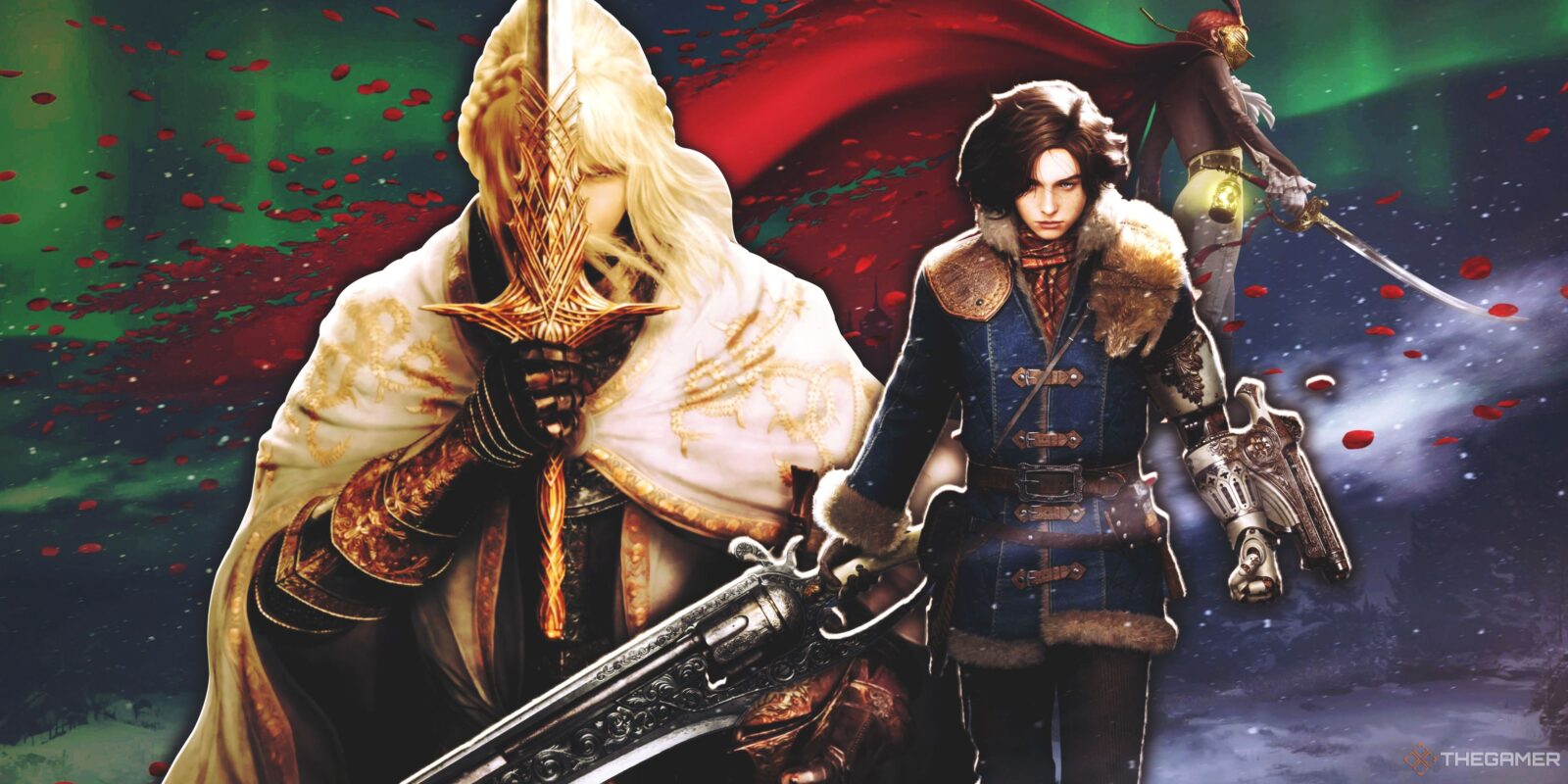
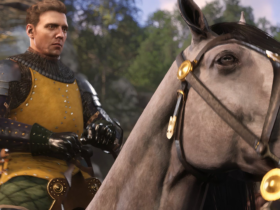
.jpg)

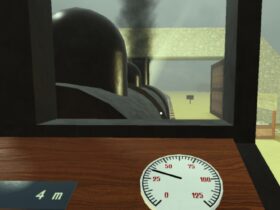


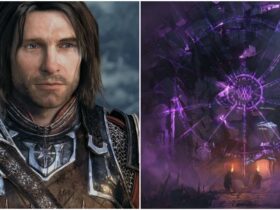
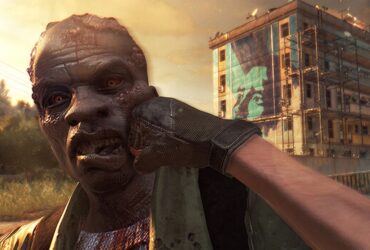
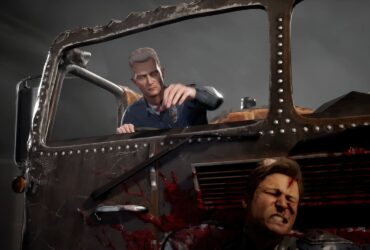



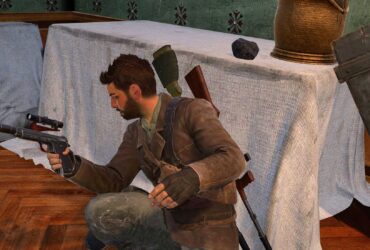
Leave a Reply